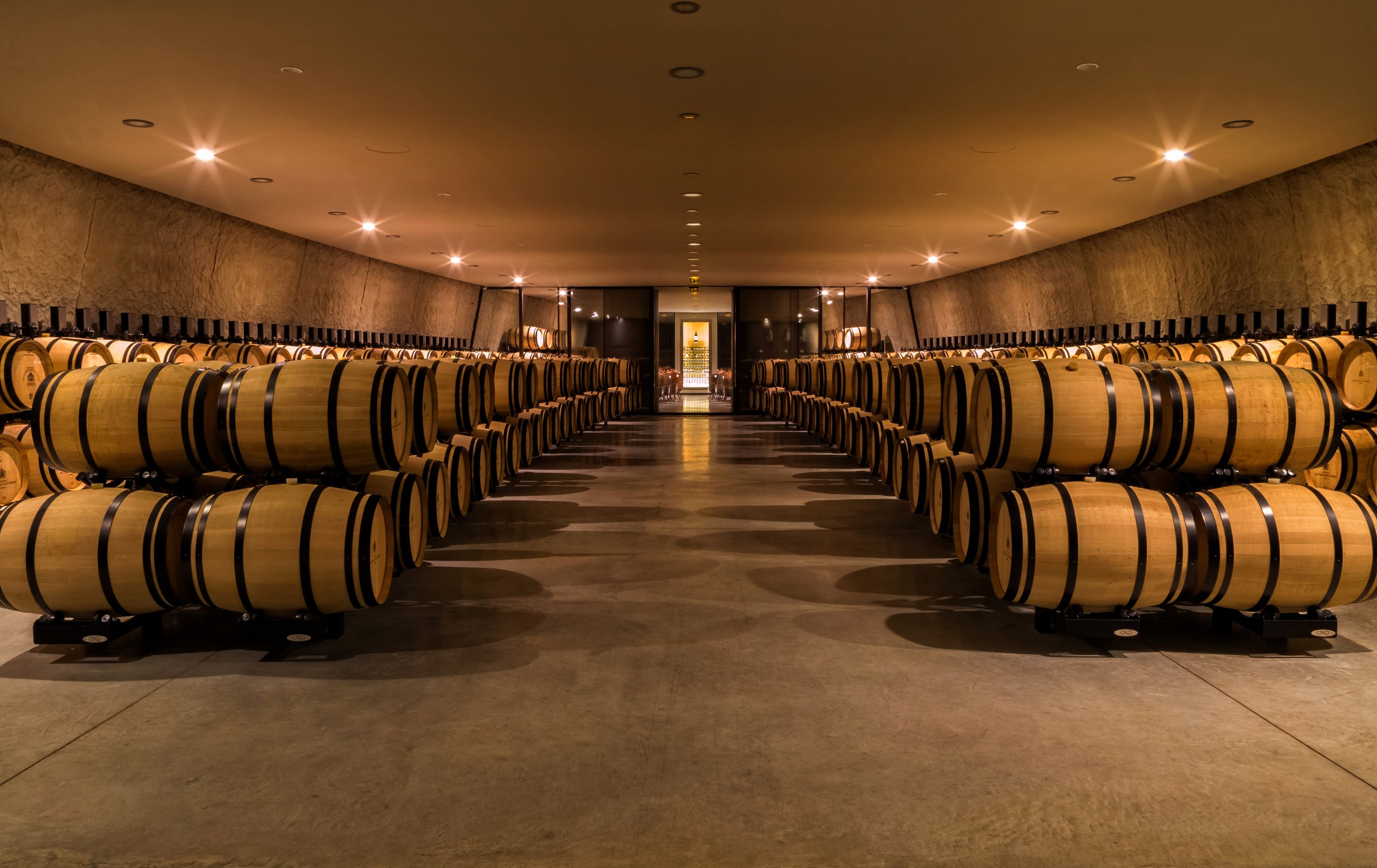How Do You Make Good Wine in a Bad Vintage?
When we attended the annual Union des Grands Crus de Bordeaux tasting in January 2023, we were quite underwhelmed by the 2021 vintage of Bordeaux. The wines lacked power and structure.
But one bottle blew our minds: Château Les Carmes Haut-Brion.
Everyone knows 2021 was a challenging harvest season in Bordeaux. How in the world was this single winery able to pull the unthinkable?
As reports start trickling in from the current en primeur campaign (when the wine critics and buyers go to Bordeaux to taste the latest vintage and assess the quality), we are finding out that Les Carmes may have pulled off another stunner in a lackluster 2024 harvest season.
Step 1: Who is Les Carmes?
The estate gets its name from the Carmelite order, who were granted land in 1584 by Jean de Pontac, the owner of world-famous Château Haut-Brion. The monks farmed the land and made wine for centuries. The vineyards were confiscated during the French Revolution and subsequently passed through private hands. The wine continued to fly under the radar until 2010, when everything changed.
Step 2: Money wins
Real estate mogul Patrice Pichet purchased Les Carmes for $24 million in 2010, setting a record for vineyard land values in Bordeaux. He invested heavily in the estate, including commissioning a stunning gravity-flow winery by famed designer Philippe Starck which opened in 2016. Forget the fancy winery though, and take a look at the technology being implemented.
The biggest threat to the 2024 vintage is heterogenous character among the many wines that were made, stemming from uneven ripening within the bunches of grapes. You need a surgeon’s tweezer to find the best fruit. Ain’t no one got time for that…unless you have a shiny Densimetric sorter.
Densimetric sorting is a high-precision technique used in winemaking to separate grapes based on their density and it's a big deal when you're aiming for top-tier quality. It involves immersing grapes in a liquid solution to create different densities.
Grapes ripe and full of sugar = more dense = sink (good stuff)
Grapes underripe, dehydrated, or damaged = less dense = float (rejects)
Only half of the grapes Les Carmes picked off the vines actually went into the fermentation tanks. This is an example of where expensive technology and human resources can achieve balance in an unbalanced vintage. “Sadly, it really was a vintage for terroir and money,” writes Bordeaux critic Jane Anson following her recent visit.
Step 3: Human talent
The estate is nothing without a killer team. Patrice hired winemaker Guillaume Pouthier, previously at the world-renowned M. Chapoutier winery in the Rhône Valley, and also brought along one of Bordeaux’s brightest, Stéphane Derenoncourt.
Guillaume radically changed things up. For starters, he implemented whole cluster fermentation, a winemaking technique where entire grape clusters — stems and all — are fermented together, rather than destemming the fruit first which is more typical in Bordeaux and across the world. This move has boosted freshness, complexity, and silky texture in the wine.
Lastly, Guillaume went all in with Cabernet Franc to express the site, sometimes so much so as putting 40 to 50% in the final blend. It’s a tough grape to get right, but when you do, it’s godly.
“The result is one of the wines of the vintage,” writes Bordeaux correspondent Colin Hay.


